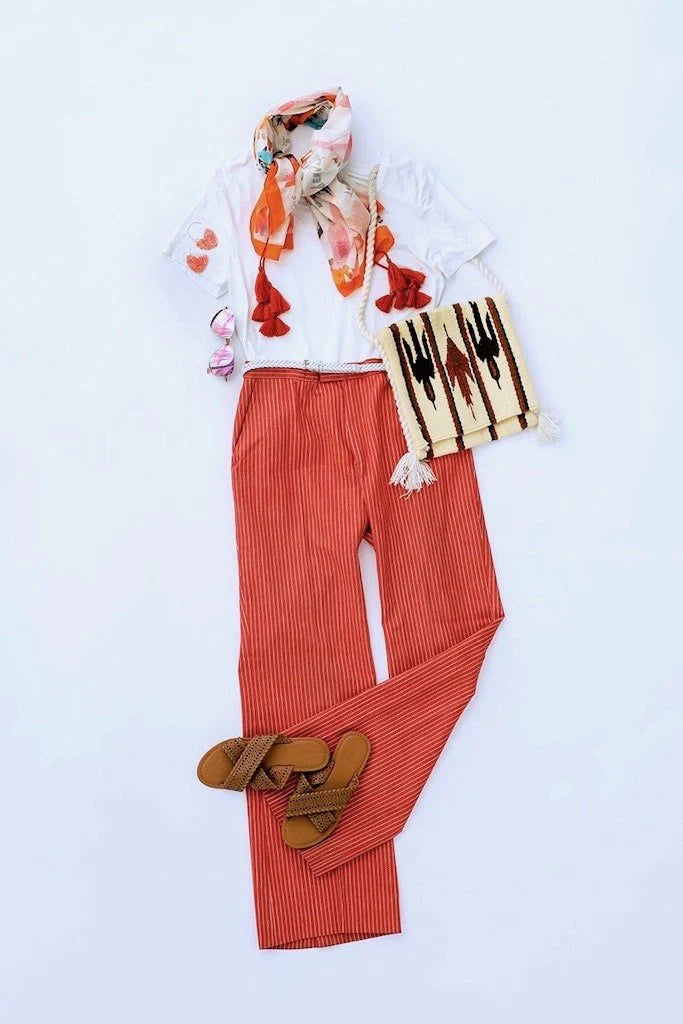The Psychology of Color in Fashion: How Colors Influence Style and Emotions
Fashion is more than just clothing; it's a form of self-expression that can influence our emotions and perceptions. One crucial element that plays a significant role in the world of fashion is color. The psychology of color in fashion explores how different hues can evoke specific moods, feelings, and reactions in individuals. In this blog post, we'll delve into the fascinating world of color psychology in fashion, examining how various colors can shape your style and emotions.
Understanding the Essentials
Before we dive into the impact of colors in fashion, let's establish the basics of color psychology. This field is built on the idea that colors can trigger particular emotional and psychological responses, often on a subconscious level. While personal taste and cultural influences are factors, there are universal associations with colors that are widely accepted in the fashion world.
The Emotional Spectrum in Fashion
Colors in fashion can be broadly categorized into warm and cool tones, each with its own set of emotional and style associations.
Warm Colors:
- Red: A vibrant and passionate color, red can infuse energy and excitement into your outfit. It's often associated with love and can make a bold fashion statement.
- Yellow: Yellow radiates positivity, optimism, and warmth in fashion. It's the color of sunshine and can bring cheerfulness to your wardrobe.
Cool Colors:
- Blue: Blue is the embodiment of calmness, serenity, and sophistication in fashion. It can create an air of professionalism and reliability, making it a popular choice in formal wear.
- Green: Green in fashion symbolizes growth, harmony, and balance. It's refreshing and often used to convey a connection to nature and well-being.
- Purple: Purple adds an element of creativity, luxury, and uniqueness to your style. It's associated with a sense of mystery and opulence.
The Role of Individual Style
While color psychology in fashion provides general guidelines on the emotions and style associations tied to different colors, it's important to remember that individual style preferences and personal experiences can greatly influence your relationship with color. Your unique fashion journey may lead you to embrace or avoid certain colors based on your own history and tastes.
Practical Applications in Fashion
Understanding the psychology of color is incredibly valuable in fashion. It allows you to curate your wardrobe to express your emotions and style. Additionally, fashion designers and retailers use color psychology to create collections that resonate with their target audience.
For instance, a clothing brand aiming to evoke excitement and energy might incorporate vibrant reds and yellows into their designs. On the other hand, a high-end fashion label seeking sophistication and luxury may lean towards shades of blue and purple. By leveraging color psychology, you can make informed fashion choices that not only reflect your mood but also help you stand out and make a statement.
In conclusion, the psychology of color in fashion unveils the powerful impact that different hues can have on your style and emotions. While there are general color associations, remember that individual style and experiences play a significant role in how you perceive and use color in your fashion choices. Whether you're selecting an outfit for a special occasion or curating your everyday wardrobe, understanding the emotional and stylistic effects of color can help you express yourself authentically through fashion. So, the next time you choose a garment or accessory, consider the subtle yet influential role that color is playing in shaping your fashion statement and emotional state.







